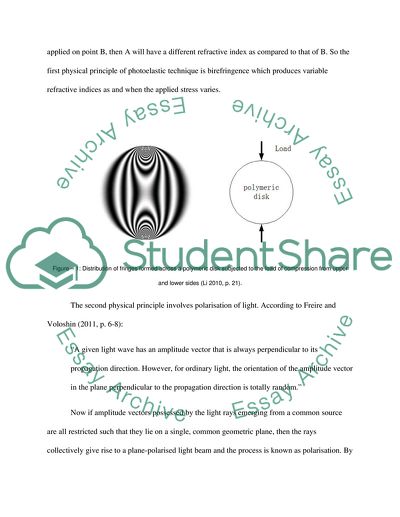Cite this document
(Stress Measurement and Photoelasticity Assignment, n.d.)
Stress Measurement and Photoelasticity Assignment. Retrieved from https://studentshare.org/engineering-and-construction/1806345-stress-mesurement
Stress Measurement and Photoelasticity Assignment. Retrieved from https://studentshare.org/engineering-and-construction/1806345-stress-mesurement
(Stress Measurement and Photoelasticity Assignment)
Stress Measurement and Photoelasticity Assignment. https://studentshare.org/engineering-and-construction/1806345-stress-mesurement.
Stress Measurement and Photoelasticity Assignment. https://studentshare.org/engineering-and-construction/1806345-stress-mesurement.
“Stress Measurement and Photoelasticity Assignment”, n.d. https://studentshare.org/engineering-and-construction/1806345-stress-mesurement.


